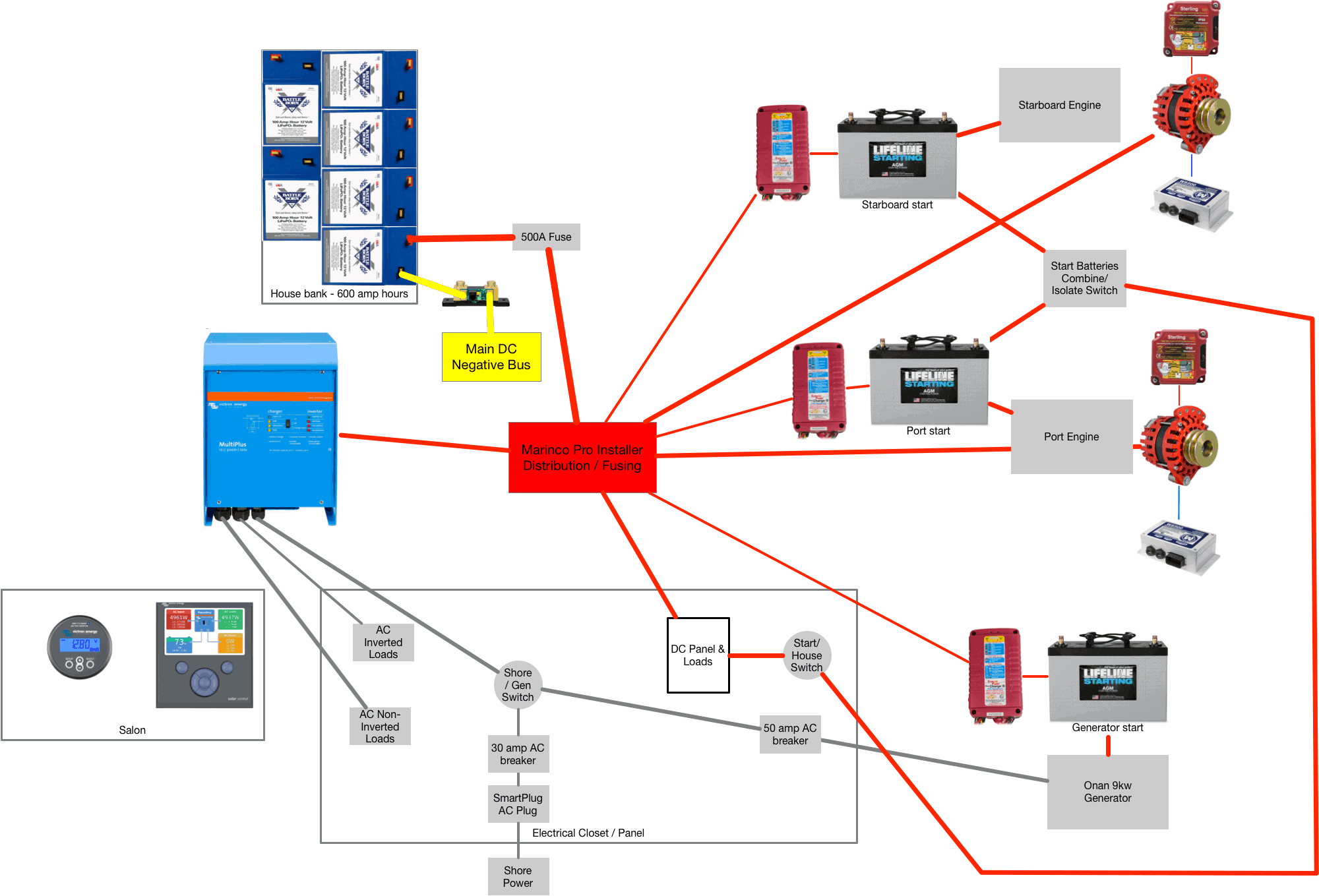And the redundancy is nice, I have at least 25a at 120v free on the B side of my panel (non inverted side) so could fit a pretty big charger.
That said I can’t seem to find a large marine charger above 160a.
Have you looked at RV, residential or commercial(off grid) chargers? They may offer greater capacity. It's possible that a vessel of your quality and build may have plenty of protection from a "salty" environment. Being in PNW, a lot of time is spent in fresh water. Cheers
Edit: I spent 20 minutes googling on your behalf. Duo Regen makes forklift battery chargers with very high capacities. I imagine there are other companies as well. Worth a look?
Last edited:

